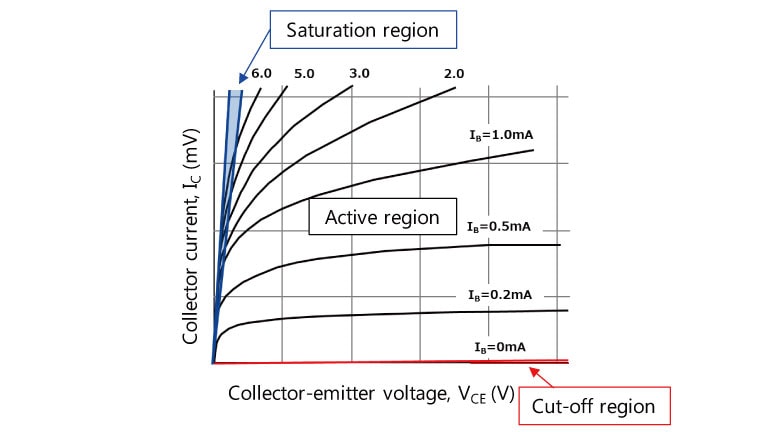- General Top
- SEMICONDUCTOR
- STORAGE
- COMPANY
-
My ToshibaSemicon
- Semiconductor Top
-
ApplicationsAutomotive
Body Electronics
xEV
In-Vehicle Infotainment
Advanced Driver-Assistance Systems (ADAS)
Chassis
IndustrialInfrastructure
BEMS/HEMS
Factory Automation
Commercial Equipment
Consumer/PersonalIoT Equipment
Healthcare
Wearable Device
Mobile
Computer Peripherals
-
ProductsAutomotive Devices
Discrete Semiconductor
Diodes
Transistors
Logic ICs
Analog Devices
Digital Devices
Wireless Devices
※
: Products list (parametric search)
Power SemiconductorsSiC Power Devices
※
: Products list (parametric search)
Isolators/Solid State RelaysPhotocouplers
Digital Isolators
Solid State Relays
Fiber Optic Transmitting Modules
※
: Products list (parametric search)
MOSFETsIGBTs/IEGTsBipolar Transistors※
: Products list (parametric search)
Diodes※
: Products list (parametric search)
MicrocontrollersMotor Driver ICsIntelligent Power ICs※
: Products list (parametric search)
Power Management ICsLinear ICs※
: Products list (parametric search)
General Purpose Logic ICsLinear Image SensorsOther Product ICsOther Product ICs
※
: Products list (parametric search)
-
Design & Development
-
Knowledge
- Where To Buy
- Part Number & Keyword Search
- Cross Reference Search
- Parametric Search
- Stock Check & Purchase
This webpage doesn't work with Internet Explorer. Please use the latest version of Google Chrome, Microsoft Edge, Mozilla Firefox or Safari.
require 3 characters or more. Search for multiple part numbers fromhere.
The information presented in this cross reference is based on TOSHIBA's selection criteria and should be treated as a suggestion only. Please carefully review the latest versions of all relevant information on the TOSHIBA products, including without limitation data sheets and validate all operating parameters of the TOSHIBA products to ensure that the suggested TOSHIBA products are truly compatible with your design and application.Please note that this cross reference is based on TOSHIBA's estimate of compatibility with other manufacturers' products, based on other manufacturers' published data, at the time the data was collected.TOSHIBA is not responsible for any incorrect or incomplete information. Information is subject to change at any time without notice.
require 3 characters or more.
What is a bias resistor built-in transistor (BRT)?
A bias resistor built-in transistor (BRT), also called a digital transistor, is designed to be used as a switch. A BRT is a bipolar transistor containing a series base resistor (R1) and a base-emitter resistor (R2), making it possible to simplify on-board circuit design.
Typical bipolar transistors can be used as amplifiers, buffers, and switches. Amplifiers and buffers are used in the linear active region of the VCE-IC curves shown in Figure 2. In contrast, BRTs, which are mainly used as switches, operate in the region to the left of the active region and in the region below the active region (called the saturation and cut-off regions respectively). In the saturation region, the collector-emitter voltage drop (VCE) becomes the minimum, causing the maximum collector current to flow. In the cut-off region, the transistor is fully off. Under the cut-off condition, only a tiny collector cut-off current (ICEO) can flow from the collector to the emitter.
Because of the built-in bias resistor, a BRT operates in the saturation region when it is on and in the cut-off region when it is off.
The bias resistors are configured as shown in Figure 1. R1 converts the voltage applied to the B terminal into current to stabilize the BRT operation while R2 acts as a pull-down resistor when the BRT is off, pulling the base voltage to the GND level.
Without R2, the leakage current or the collector cut-off current (ICBO) flowing from the input in the “off” state might cause the BRT to malfunction because of the charge accumulated in the base. R2 helps prevent malfunction by passing leakage current to GND.



